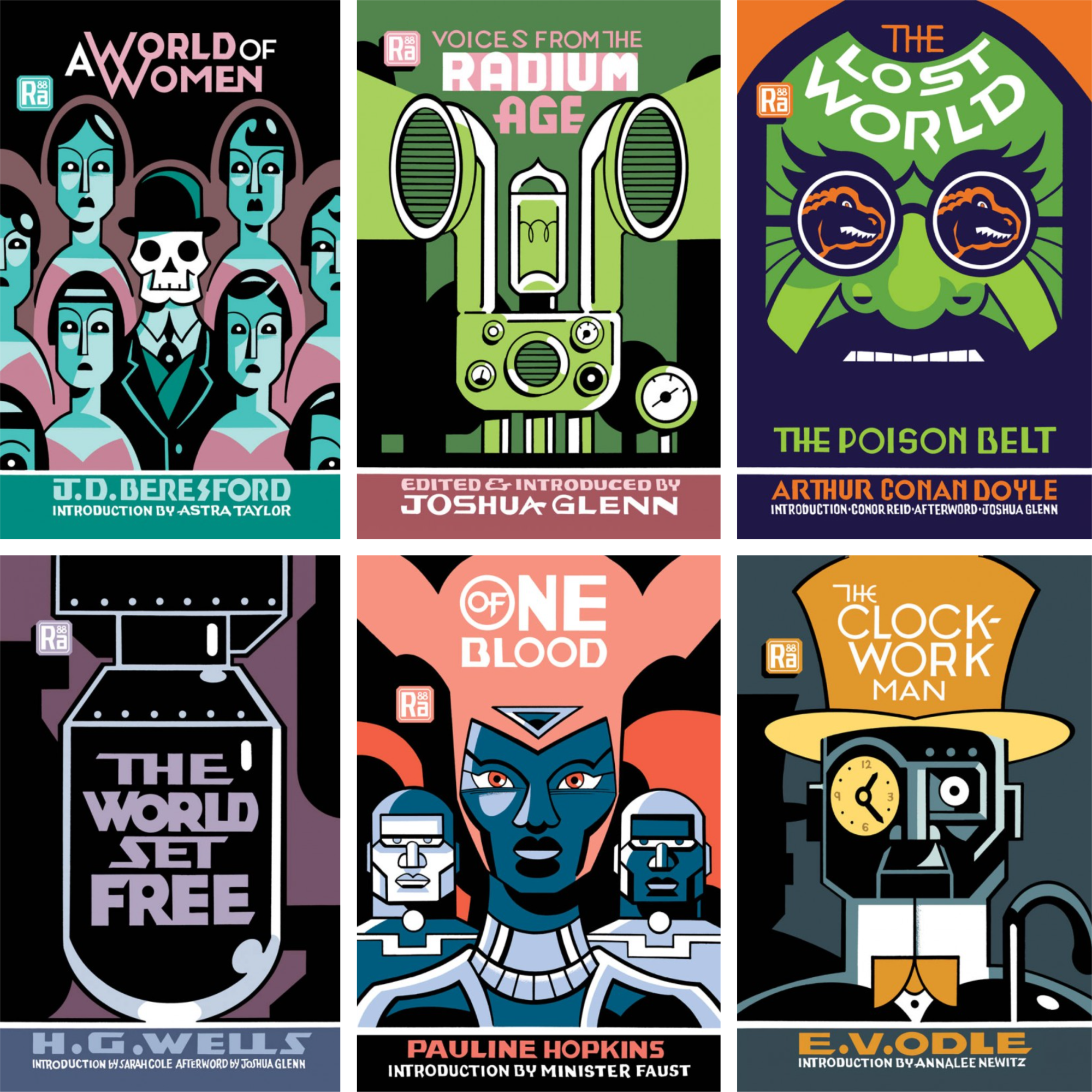The pandemic has been especially hard on touring musicians, with most music venues being closed for the last couple of years and only reopening now. But even before that, it wasn't an easy way to make a living.
Here's a long Facebook* post from Janis Ian, who has been a singer-songwriter and touring musician since the 1960s. She's managed to have a successful career, but it took a lot of skill and effort, and not just for the music. In this post, she talks about the economics of touring and all the little details that a musician (or their manager, if they have one) has to manage. I know a few musicians and it gave me a greater appreciation for what they have to deal with to get their music heard.
Today's question: "Can you make a living touring, and could you ever?"
Hm. Yes, and no. Yes, because if you reach a certain earning point, and you are savvy, have good help, and really watch your expenses, you'll get to keep somewhere between 20-50% of what you earn. No, because the world takes a big chunk out of it before you ever get to see a dime.
For instance, my own daily costs. Fees are based on venue size, ticket pricing, and what it costs the venue to put the show on. So before anything else, the agent and venue have to work out what's left after venue staff (from box office personnel to sound people), catering (we do need to eat before a show), hall rental (often an outside promoter is putting on the show and running the risk, and they're paying to rent the actual hall), lights and sound (if those aren't already in place, and even then), advertising, stagehands, security, fees to ASCAP/BMI/SESAC (look it up!), credit card charges, box office fees, ticket printing if any... it goes on and on.
Once that's calculated and negotiated (I may say "Why is there a charge here for an opening act when there is none?" for instance), my own fee is reckoned from what remains. Sometimes it's a "flat fee" - if I sell out or there are three people in the audience, I get paid the same thing. Sometimes it's a straight percentage of what's left after expenses; particularly with smaller venues, that lets them stay open while giving all of us incentive to sell more tickets, do more press, hire more publicists. Sometimes, it's the greater of either.
*The post is public, so you should be able to view it without a Facebook account.











